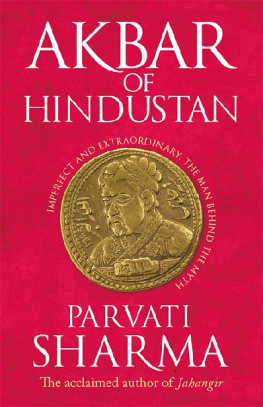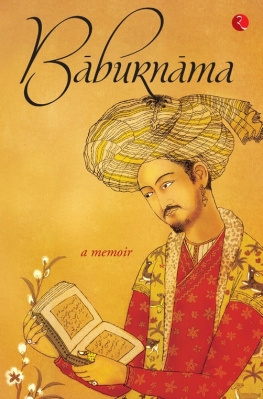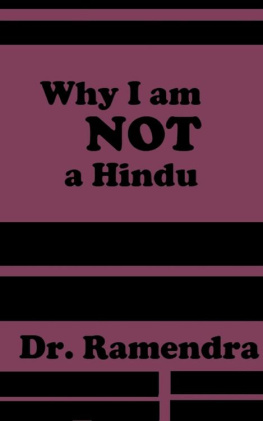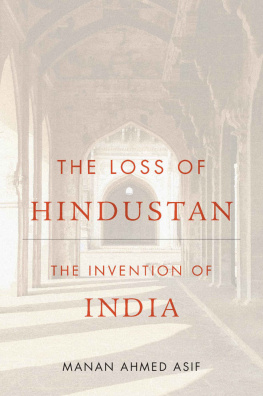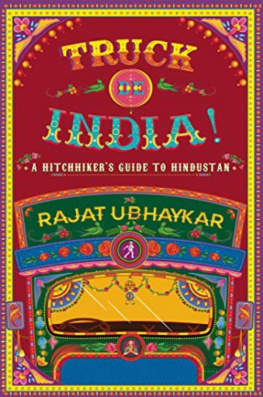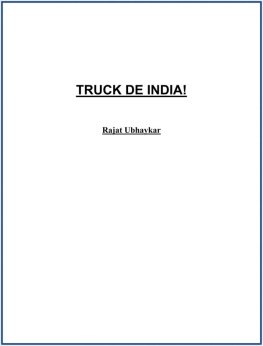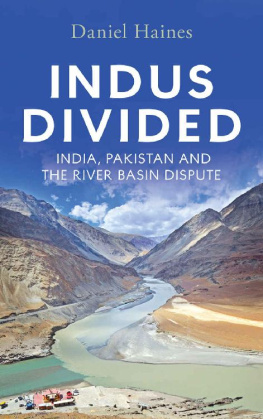CHAPTER II. THE VEDIC TIMES
B.C. 2000 TO B.C. 1400
Before entering on its history it is necessary to grasp the size of the great continent with which we have to deal. Roughly speaking, India has fourteen and a half times the area of the British Isles. Of most of this country we have next to no history at all, and in the time which is now under consideration we have to deal only with the Punjb, the "Land of the Five Rivers," the area of which about equals that of Great Britain. That such lack of information should exist is not wonderful, since, for all we know, this upper portion of India may then have been on the shores of a still-receding sea; indeed, colour is given to this suggestion by the remembrance that the five rivers of the Punjb plain to this day act as huge drain-pipes which deprive the intervening country of surface moisture. Naturally, this fact, in the days when all India, save for its few isolated ranges of central mountains, must have been one vast swamp, was an immense boon to humanity.
The geographical area, therefore, with which we have to treat in the Vedic period is very limited. It is a mere patch on the present continent of India, bounded on the north by the snowy Himalayas, on the south by the Indus (and probably by the sea), on the west by the Suleimn Mountains, while on the east lay the unknown, and possibly marsh, land of the Ganges and Jumna Rivers.
Curiously enough, although we speak of this very tract nowadays as the "Land of the Five Rivers," in Vedic times the rivers were counted as seven. That is to say, the Indus was called the mother of the six--not five--streams which, as now, joined its vast volume. In those days this juncture was most probably in comparatively close proximity to the sea. Of these six rivers only five remain: the Jhelum, the Chenb, the Rvi, the Bes, the Sutlej. The bed of the sixth river, the "most sacred, the most impetuous of streams," which was worshipped as a direct manifestation of Sarswati, the Goddess of Learning, [1] is still to be traced near Thanswar, where a pool of water remains to show where the displeased Goddess plunged into the earth and dispersed herself amongst the desert sands.
The stream never reappears; but its probable course is yet to be traced by the colonies of Sarswata Brahmans, who still preserve, more rigidly than other Brahmans, the archaic rituals of the Vedas. The reason for this purity of rite being, it is affirmed, the grace-giving quality of Mother Sarswati's water which, with curious quaint cries, is drawn in every village from the extraordinarily deep wells (many of which plunge over 400 feet into the desert sand), at whose bottom the lost river still flows.
Into this Land of the Seven Rivers, then, came--somewhere about two thousand years before Christ--wanderers who describe themselves as of a white complexion. That they had straight, well-bridged noses is also certain. To this day, as Mr Risley the great ethnologist puts it, "a man's social status in India varies in inverse ratio to the width of his nose"; that is to say, the nasal index, as it is called, is a safe guide to the amount of Aryan, as distinguished from aboriginal blood in his veins. One constant epithet given to the great cloud-god Indra--to whom, with the great fire-god Agni, the vast majority of the hymns in the Rig-Veda are addressed--is "handsome-chinned." But the Sanskrit word sipra , thus translated "chin," also means "nose"; and there can be no doubt that as the "handsome-nosed" one, Indra would be a more appropriate god for a people in whom, that feature was sufficiently marked to have impressed itself, as it has done, on countless generations.
Whence the Aryans came is a matter still under dispute. That they were a comparatively civilised people is certain. The hymns of the Rig-Veda, which were undoubtedly composed during the six hundred years following on the Aryans' first appearance in the Punjb, prove this, as they prove many another point concerning these the first white invaders of India. How the idea ever passed current that they were a pastoral people is a mystery, since from the very first we read in these hymns of oxen, of the cultivation of corn, of ploughing, and sowing, and reaping.
"Oh! Lord of the Field!" reads one invocation. "We will cultivate this field with thee! May the plants be sweet to us; may the rains be full of sweetness; may the Lord of the Field be gracious to us! Let the oxen work merrily; let the man work merrily; let the plough move merrily! Fasten the traces merrily; ply the goad merrily.... Oh! Fortunate Furrow! speed on thy way, bestow on us an abundant crop--sow the seed on this field which has been prepared. Let the corn grow with our hymns, let the scythes fall on the ripe grain. Prepare troughs for the drinking of animals. Fasten the leathern string, and take out water from this deep and goodly well which never dries up. Refresh the horses, take up the corn stacked in the field, and make a cart to convey it easily."
Practically Indian agriculture has gone no further than this in close on four thousand years.
It is true that a hymn to the God of Shepherds finds occasional place in the Rig-Veda, but in these there is an archaic ring, which seems to point to the Aryan wanderings before India was reached. One of them begins thus: "Oh! Pushan, the Path-finder, help us to finish our journey!"
From purely religious hymns, naturally, one has no right to expect a full crop of information concerning the political and social life of the times in which they were composed, yet the light which the Rig-Veda throws upon these dark ages is luckily surprising; luckily, because we have absolutely no other source of knowledge.
From it we learn something of commerce, even to the extent of the laws regulating sale and usury. We learn also of ships and shipwrecks, of men who, "taking a boat, took her out to sea, and lived in the boat floating on the water, being happy in it rocking gracefully on the waves"; from which we may infer that our early Aryan brothers did not suffer from sea-sickness. There is also a phrase in fairly constant use, "the sea-born sun," which would lead us to suppose that these writers of hymns had often seen sunrise over an Eastern ocean.
Many kinds of grain were cultivated, but the chief ones seem to have been wheat and barley. Rice is not mentioned. Animals of all sorts were sacrificed, and their flesh eaten; and as we read of slaughter-houses set apart for the killing of cows, we may infer that the Aryan ancestors of India were not strict vegetarians.
But all mention of food, even sacrificial food, in the Rig-Veda fades into insignificance before its perfectly damnable iteration concerning a fermented drink called "Soma." Scarcely a hymn finds finish without some mention of it, and pages on pages are full of panegyrics of the "exhilarating juice," the "adorable libation," "the bright effused dew of the Soma, fit drink for gods." And apparently for men also, since we read that the "purifying Soma, like the sea rolling its waves, has poured out on men songs, and hymns, and thoughts." An apotheosis of intoxication, indeed!
It appears to have been the fermented juice of some asclepiad plant which was mixed with milk. The plant had to be gathered on moonshiny nights, and many ceremonials accompanied its tituration, and the expressing of its sap.
In later years, of course, the Soma ritual expanded into something very elaborate, and no less than sixteen priests were required for its proper fulfilment; but in the beginning, it is evident that each householder prepared the drink, and offered some of it, and of his food also, to Indra the cloud-god first, then to Agni the fire-god, and so by degrees (increasing with the years) to a host of smaller gods--the Winds, the Dawn, Day, Night, the Sun, the Earth.





